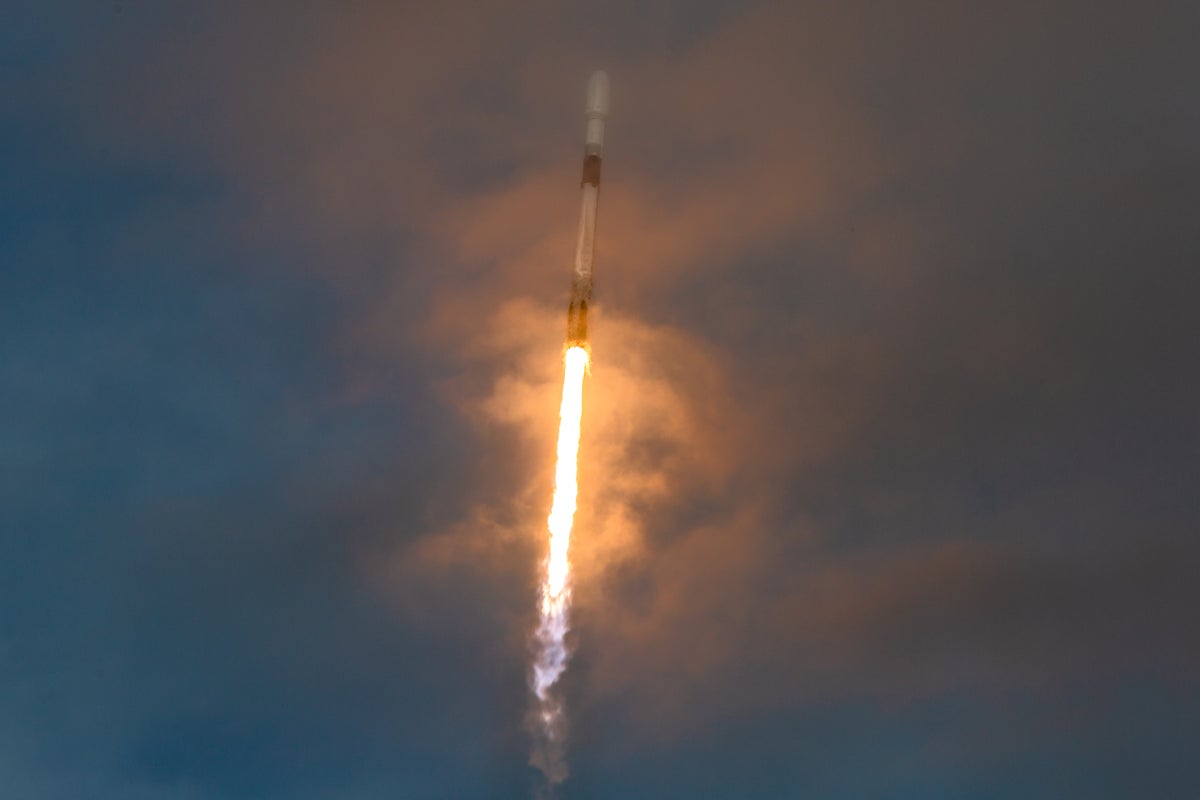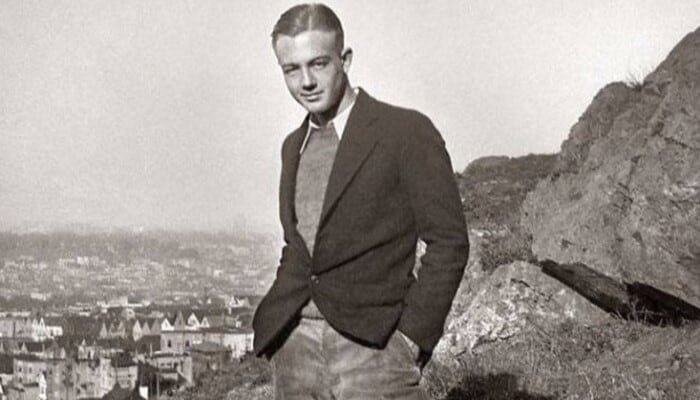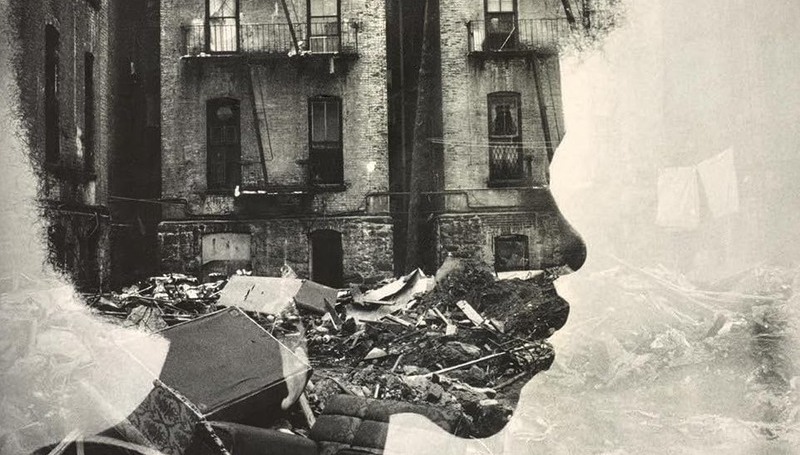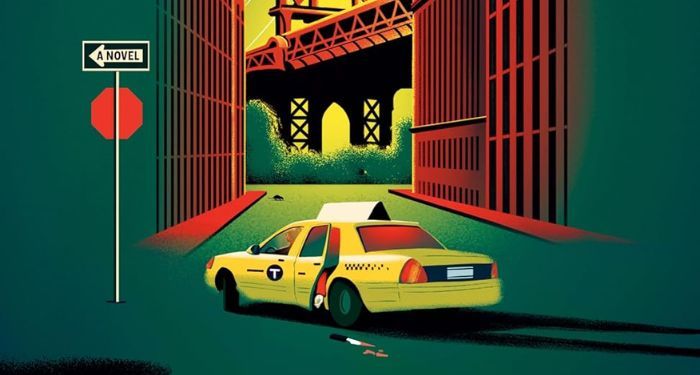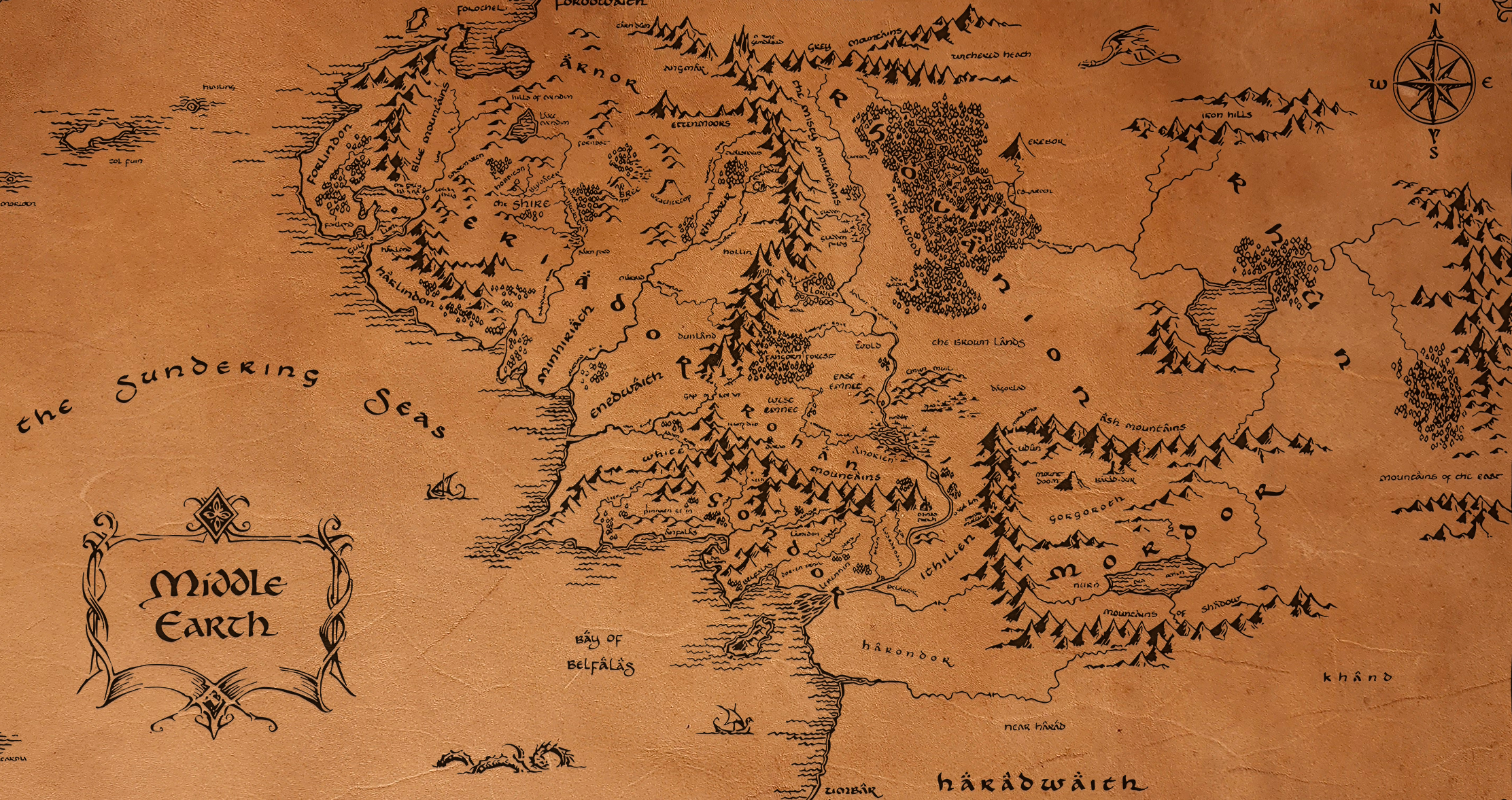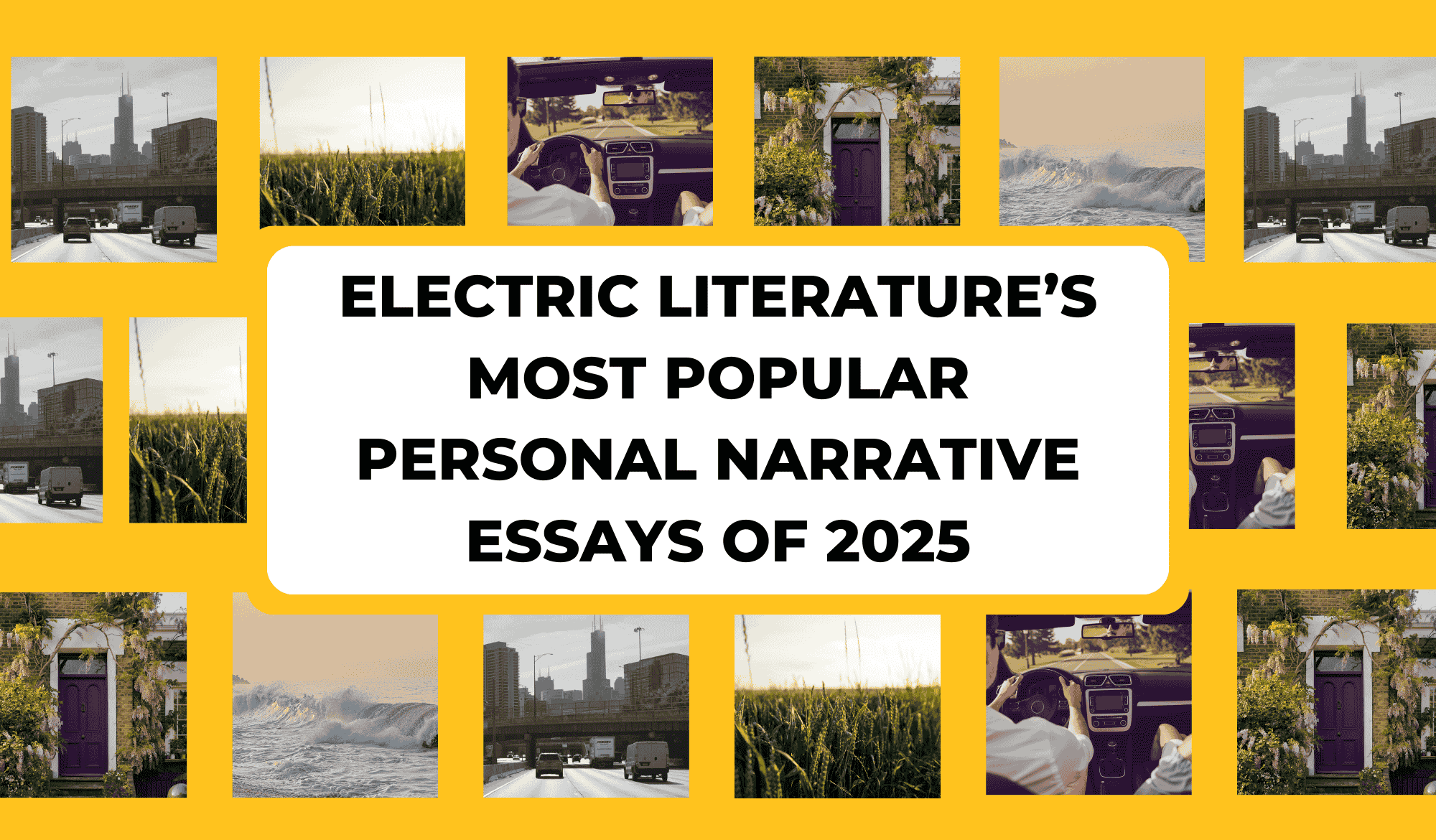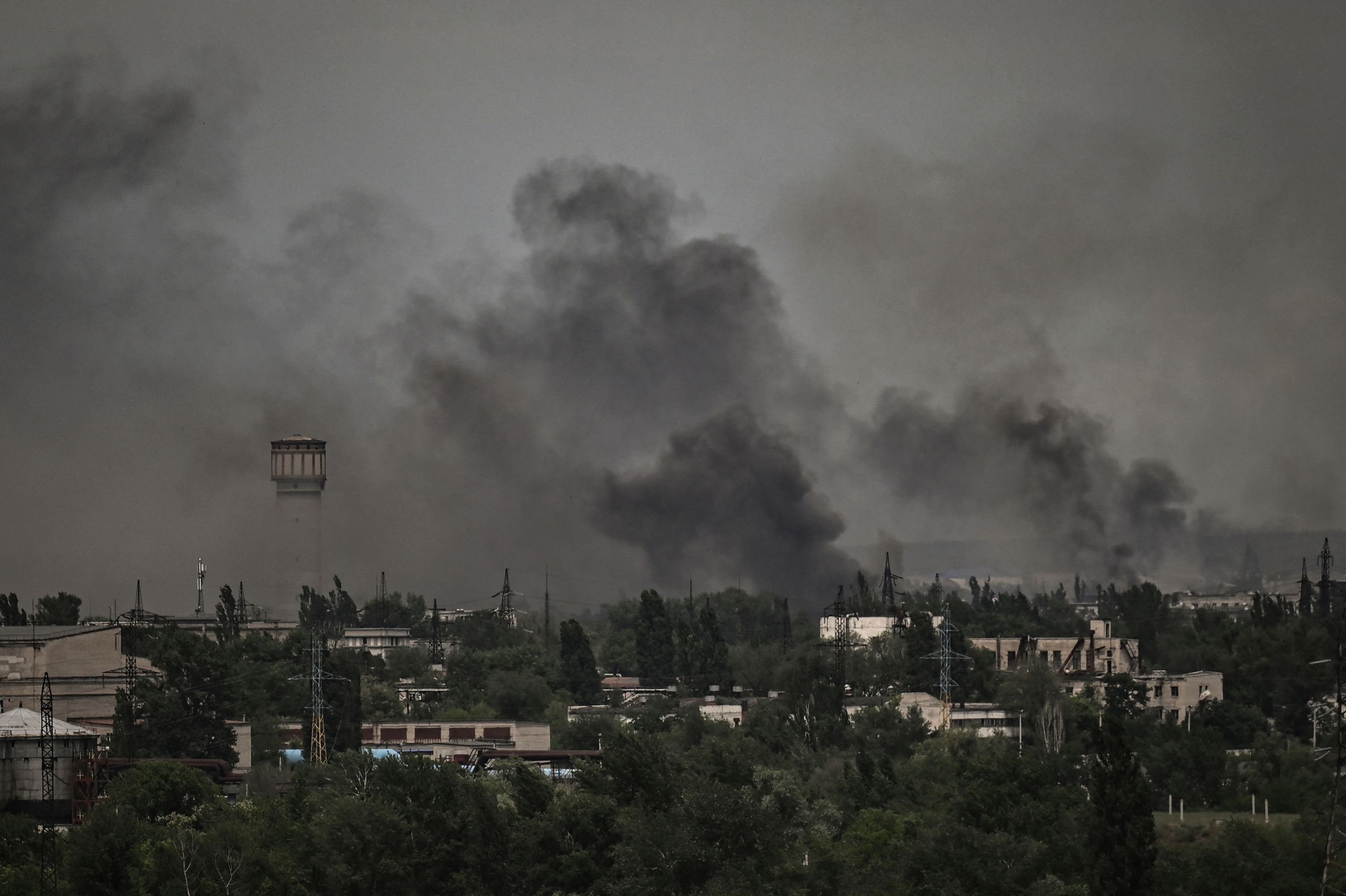The earliest of the poems in Jorie Graham‘s tetralogy [To] The Last [Be] Human were written at 373 parts per million of atmospheric CO2, and the most recent at 414 parts per million; that is to say, in the old calendar, 2002 and 2020 respectively. The body of work gathered here stands as an extraordinary lyric record of those eighteen calamitous years: a glittering, teeming Anthropocene journal, written from within the New Climatic Regime (as Bruno Latour names the present), rife with hope and raw with loss, lush and sparse, hard to parse and hugely powerful to experience.
Recently, Graham said that she has begun to imagine her poetry “as something that might be dug up from rubble in the future,” a message sent forward to “whatever or whomever comes next,” part of “a huge amalgam of leftover signals held together by chance.” This image of her poems existing as future relics, close-read by distant beings, recalls to me the research field of “nuclear semiotics” which flourished in the US in the early 1990s. In those years, as the issue of the long-term burial of mid- and high-level nuclear waste pressed with increasing urgency, the question emerged as to how to warn future generations of the great and durable radioactive danger that would lie below-ground. The US Department of Energy commissioned a “Human Interference Task Force” to devise a marker system which would deter intrusion for at least 10,000 years at the deep repositories for nuclear waste then under construction at Yucca Mountain in Nevada and Carlsbad in New Mexico. Among the proposals developed by the Task Force (none has yet been implemented) were “passive institutional controls” such as concrete pillars with jutting spikes; pictograms and petroglyphs conveying horror; and information chambers built of granite and reinforced concrete, carrying engraved warnings in numerous languages.
Graham’s poems are likewise turned to face our planet’s deep-time future, and their shadows are also cast by the long light of the will-have-been. But they are made of more durable materials than granite and concrete, they are very far from passive, and their tasks are of record as well as of warning: to preserve what it has felt like to be a human in these accelerated years when “the future / takes shape / too quickly,” when we are entering “a time / beyond belief.” They know, these poems, and what they tell is precise to their form. How they swarm, beautifully and bee-like! They settle upon surfaces of time and place and seethe there, their long lines susurrating together as tens of thousands of wings do, intensely, intricately. Sometimes they are made of ragged, hurting, hurtling, and body-fleeing language; other times they celebrate the sheer, shocking, heart-stopping gift of the given world, seeing light, tree, sea, skin, and star as a “whirling robe humming with firstness,” there to “greet you if you eye-up.” I have found myself speaking some of these poems aloud in order the better to enter them: sounding their humming, their murmuration, in the Earth’s air as well as the mind’s ear. I know not to mistake the pleasures of this poetry for presentist consolation, though; the situation has moved far beyond that: “Wind would be nice but / it’s only us shaking.”
The titles and tones of the four collections tell a story in their (ecological) succession. Sea Change: richness and strangeness; a phase-shift happening; quickening and deadness; the need, the obligation, to keep eyes open, pearl-less. Place: at once verb and noun; to locate what is lost and to reach sure footing, to ground a thing well; to find one’s place but also to be put in it. Fast: swift but so too stuck; fleet and fixed; steadfast but also bedfast and cragfast, unable to move up or down, on or back; caught in the torrent; made fast (secure), but thus also beyond adaptation or adjustment. And Runaway: a fugitive, a juggernaut; unfindable, unstoppable; faster than fast; also an order—flee! Get gone!
The subjects—though that is not quite the right word for what is contained here, what happens here—of the four collections also shift across their courses, mapping and tracking life and lives as they radiate, pulsate, and tangle. The tetralogy as a whole restlessly pries at the same ancient ethical question in its modern context: What has it been given us to do when we have been given a life to live?
Sea Change (2008) was written when Graham was resident in Normandy, where she experienced the canicule (heatwave) of 2003, the hottest summer on record in Europe since at least 1540. Rivers dried to their beds, crops failed, whole woodlands perished. France alone recorded nearly 15,000 deaths, Europe as a whole around 70,000. For two months, the continent glimpsed a future that—two decades on—the “temperate zones” already inhabit near-permanently: one of wildfires, brutal heat and drought, charred air, humans and creatures gasping for breath. I think of this collection as a meteorological journal, written at the point it became no longer possible to separate weather from climate. Many of the poems begin quietly, almost classically, with the calm field-note placements I associate first with T’ang and Sung dynasty verse: “Waning moon”; “After great rain.” “Summer solstice”; “Nearing dawn”; “Midwinter. Dead of.” From the first pages, though, nature is out of joint, displaced. A “new wind” blows: “Un- / natural says the news. Also the body says it.” A new tune plays: “We have other plans / for your summer is the tune. Also your winter.” Parts of these poems—with their long weaving lines, sending the shuttle back and back again across the loom of the page—almost yearn for the luxury of a lapse into nowness, the absolution of the utter instant. But this is understood to be an abrogation of responsibility; the lyric cannot love itself into evaporation in the time of “The Great Dying.” And so on the poems rush, faster and faster, tracing both damage and the “indrifting of us / into us,” barely a full stop present, but instead an ice-slide of dashes and ampersands. I tried to read “Futures” aloud, but I ran out of breath.
 Place (2012) seems to fall between storms, in an uneasy lull that is both an aftermath and a prequel. Time in its pools is briefly more available here, allowing a sinking into the dreamlife not only of “the vast network of blooded things,” but also of vine, stone, grass, grain, hedgerow, bloodless but still animate. These inquiries can feel ceremonial and medieval (“On the Virtue of the Dead Tree”), recalling Aquinas and Julian of Norwich, and above all Hildegard of Bingen’s lush and nourishing meditations upon viriditas: greenness, growth towards truth. Always, though, these slower poems are pressed by what is imminent, “a slicing in which even the / blade is / audible.” An endnote to the original collection identifies the double-margin arrangement used by most of the poems (one left justified to the edge of the page, one left justified almost to its center) as a means of bringing the reader to “feel the vertiginous double-position in which we find ourselves, constantly looking back just as we are forced to try to see ahead.” Form, here, is forged by crisis. In the summer in which I wrote this foreword to Graham’s tetralogy, a heat-dome settled over the Pacific Northwest, destructive wildfires burned from Arctic Canada to Lake Tahoe, flash floods devastated Tennessee, and Hurricane Ida collapsed the power grid in New Orleans and drowned people in their New York basements. All of this in North America alone, in three months. Yet still power-wielders refuse to recognize that “apocalypse” is not an indefinitely deferrable singularity but an always-somewhere-present experience, unevenly distributed across the contour-lines of existing inequalities.
Place (2012) seems to fall between storms, in an uneasy lull that is both an aftermath and a prequel. Time in its pools is briefly more available here, allowing a sinking into the dreamlife not only of “the vast network of blooded things,” but also of vine, stone, grass, grain, hedgerow, bloodless but still animate. These inquiries can feel ceremonial and medieval (“On the Virtue of the Dead Tree”), recalling Aquinas and Julian of Norwich, and above all Hildegard of Bingen’s lush and nourishing meditations upon viriditas: greenness, growth towards truth. Always, though, these slower poems are pressed by what is imminent, “a slicing in which even the / blade is / audible.” An endnote to the original collection identifies the double-margin arrangement used by most of the poems (one left justified to the edge of the page, one left justified almost to its center) as a means of bringing the reader to “feel the vertiginous double-position in which we find ourselves, constantly looking back just as we are forced to try to see ahead.” Form, here, is forged by crisis. In the summer in which I wrote this foreword to Graham’s tetralogy, a heat-dome settled over the Pacific Northwest, destructive wildfires burned from Arctic Canada to Lake Tahoe, flash floods devastated Tennessee, and Hurricane Ida collapsed the power grid in New Orleans and drowned people in their New York basements. All of this in North America alone, in three months. Yet still power-wielders refuse to recognize that “apocalypse” is not an indefinitely deferrable singularity but an always-somewhere-present experience, unevenly distributed across the contour-lines of existing inequalities.
 Fast (2017) opens in apparent stasis—“Manacled to a whelm.”—but within seconds is off on its headlong rush (“everything transitioning—unfolding—emptying”) that will hardly pause for the collection’s duration. Long poems here are set rigorously to the left-hand margin, hard justified for the hard-to-justify: “trawling-nets bycatch poison ghostfishing.” New forces and harrowings emerge: cancer, the death of a father, the decline of a mother, and all are set within the webwork of the wider illnesses—the new maladies of the soul, as Kristeva named them. Online surveillance and data-harvesting, the Syrian war, ecological devastation on land and at sea: “We are in systemicide.” But don’t cry(o): do something! New non-human voices speak through these lyrics, become strange attractors around which the language spins: the ocean floor, chatbots, the singing magnetic field of an MRI scanner. Mass surveillance, mass infection, mass injustice. A new punctuation mark appears here, too: the arrow, an em-dash tipped with an angle bracket. These arrows leave the reader trapped in a flow-diagram, compelled causally ever-onwards at speed, at weapon-point: this leads to that leads to this, burning off nuance, hastening us remorselessly into an end time that will be a surrender. Struggling against this piercing and disempowering teleology, though, are the out-of-time energies of love and compassion. A poem about Graham’s dying father, “The Mask Now,” contains one of the most affecting lines I know in the modern elegy. “He was a settler in that flesh, that I could see. / Not far from breaking camp.”
Fast (2017) opens in apparent stasis—“Manacled to a whelm.”—but within seconds is off on its headlong rush (“everything transitioning—unfolding—emptying”) that will hardly pause for the collection’s duration. Long poems here are set rigorously to the left-hand margin, hard justified for the hard-to-justify: “trawling-nets bycatch poison ghostfishing.” New forces and harrowings emerge: cancer, the death of a father, the decline of a mother, and all are set within the webwork of the wider illnesses—the new maladies of the soul, as Kristeva named them. Online surveillance and data-harvesting, the Syrian war, ecological devastation on land and at sea: “We are in systemicide.” But don’t cry(o): do something! New non-human voices speak through these lyrics, become strange attractors around which the language spins: the ocean floor, chatbots, the singing magnetic field of an MRI scanner. Mass surveillance, mass infection, mass injustice. A new punctuation mark appears here, too: the arrow, an em-dash tipped with an angle bracket. These arrows leave the reader trapped in a flow-diagram, compelled causally ever-onwards at speed, at weapon-point: this leads to that leads to this, burning off nuance, hastening us remorselessly into an end time that will be a surrender. Struggling against this piercing and disempowering teleology, though, are the out-of-time energies of love and compassion. A poem about Graham’s dying father, “The Mask Now,” contains one of the most affecting lines I know in the modern elegy. “He was a settler in that flesh, that I could see. / Not far from breaking camp.”
 A beautiful becalmedness starts the still-point poem that opens Runaway (2020): “After the rain stops you can hear the rained-on.” What I take to be the chief task of the poems here is declared early: “trying to make sense of the normal, turn it to life, more life.” I hear an echo of Prior Walter’s rallying cry in Angels in America: “still bless me anyway. I want more life.” Kushner’s masterpiece arose out of the AIDS epidemic, Graham’s was published in the first months of the COVID-19 pandemic. Both share urgings against immiseration and extinction, towards love, kindness, and the kin-making powers of true empathy. We must be “unafraid to live in the raw wind,” writes Kushner, and a “raw wind” blows through all four of Graham’s volumes too, stirring soul, shivering skin, keeping us awake. The wind’s enemy is the depletion of life’s diversity, because in that diversity lies the vital replenishing possibilities of sympoesis, the epigenetic making-with that is the engine of life on Earth. Reduce the totality of life’s forms, and future creation is itself constrained: “I won’t live long / enough to see any of the new / dreams the hundreds of new kinds of suffering and weeds birds animals shouldering their / demise without possibility of re- / generation.”
A beautiful becalmedness starts the still-point poem that opens Runaway (2020): “After the rain stops you can hear the rained-on.” What I take to be the chief task of the poems here is declared early: “trying to make sense of the normal, turn it to life, more life.” I hear an echo of Prior Walter’s rallying cry in Angels in America: “still bless me anyway. I want more life.” Kushner’s masterpiece arose out of the AIDS epidemic, Graham’s was published in the first months of the COVID-19 pandemic. Both share urgings against immiseration and extinction, towards love, kindness, and the kin-making powers of true empathy. We must be “unafraid to live in the raw wind,” writes Kushner, and a “raw wind” blows through all four of Graham’s volumes too, stirring soul, shivering skin, keeping us awake. The wind’s enemy is the depletion of life’s diversity, because in that diversity lies the vital replenishing possibilities of sympoesis, the epigenetic making-with that is the engine of life on Earth. Reduce the totality of life’s forms, and future creation is itself constrained: “I won’t live long / enough to see any of the new / dreams the hundreds of new kinds of suffering and weeds birds animals shouldering their / demise without possibility of re- / generation.”
“Emergence” is the term given in biology, systems theory, and beyond for the properties or behaviors of an entity that its parts do not on their own possess. Graham’s poetry is strongly emergent, its effects irreducible to the sum or difference of its components. It shoals, schools, flocks, builds, folds. It has life. To read these four twenty-first-century books together in a single volume is to experience vastly complex patterns forming and reforming in mind, eye, and ear. These poems sing within themselves, between one another, and across collections, and the song that joins them all is uttered simply in the first lines of the last poem of the last book:
The earth said
remember me.
The earth said
don’t let go,said it one day
when I was
accidentally
listening
Excerpted from [To] The Last [Be] Human. Used with permission of the publisher, Copper Canyon Press.













